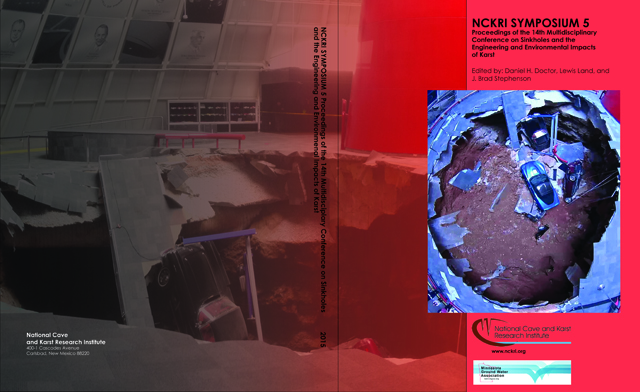Abstract
Since the 1990s, the University of Minnesota and the Minnesota Department of Natural Resources have maintained a karst features database that is used to conduct research on karst processes and inventory karst features. Originally designed as a tabular database only, the karst features database developed into a spatial database in 2002, with tabular data stored in Microsoft Access and a spatial component managed in ESRI ArcView. In 2012, the database was converted to a single, relational database platform, PostgreSQL, with both tabular and spatial components edited in ESRI ArcMap. Custom editing forms are written in Visual Basic and are accessed in ArcMap sessions by ESRI add-ins. The current database infrastructure allows for remote editing. Read-only versions of the data are available in GIS/spatial format for public use via web services. Future development plans include links to water chemistry data, water level measurements and other ancillary data, along with the addition of vectors to represent dye traces and polygons for larger karst features.
Rights Information

This work is licensed under a Creative Commons Attribution 3.0 License.
DOI
http://dx.doi.org/10.5038/9780991000951.1066
Included in
History and Future of the Minnesota Karst Feature Database
Since the 1990s, the University of Minnesota and the Minnesota Department of Natural Resources have maintained a karst features database that is used to conduct research on karst processes and inventory karst features. Originally designed as a tabular database only, the karst features database developed into a spatial database in 2002, with tabular data stored in Microsoft Access and a spatial component managed in ESRI ArcView. In 2012, the database was converted to a single, relational database platform, PostgreSQL, with both tabular and spatial components edited in ESRI ArcMap. Custom editing forms are written in Visual Basic and are accessed in ArcMap sessions by ESRI add-ins. The current database infrastructure allows for remote editing. Read-only versions of the data are available in GIS/spatial format for public use via web services. Future development plans include links to water chemistry data, water level measurements and other ancillary data, along with the addition of vectors to represent dye traces and polygons for larger karst features.

